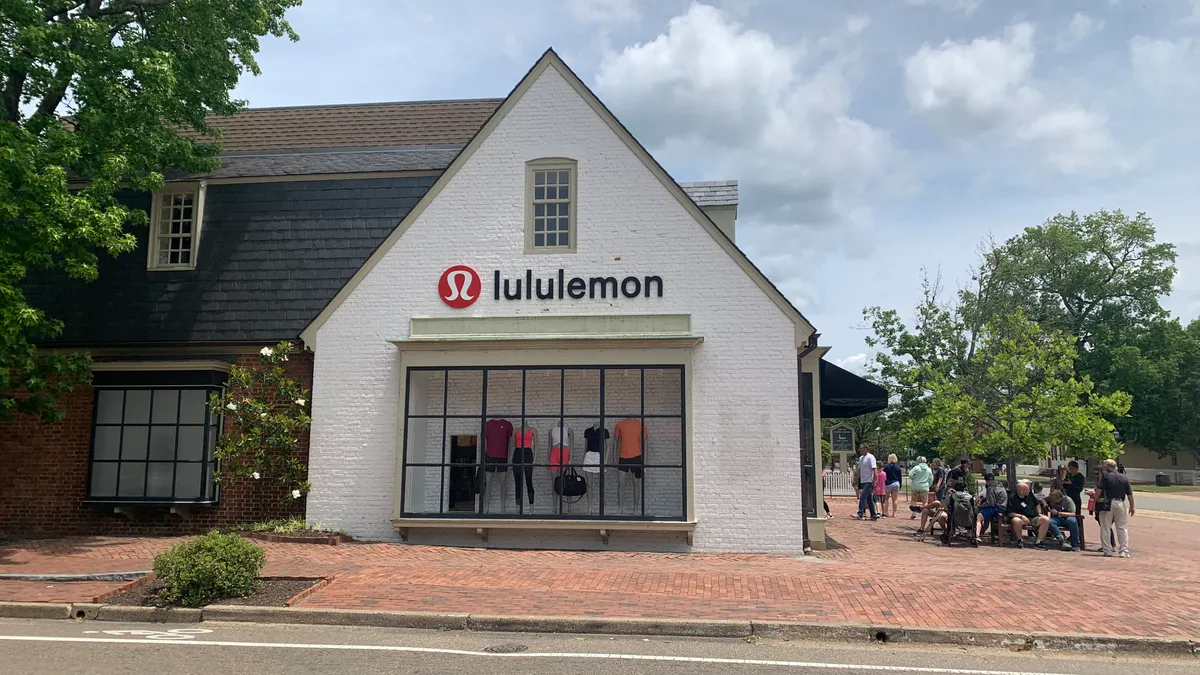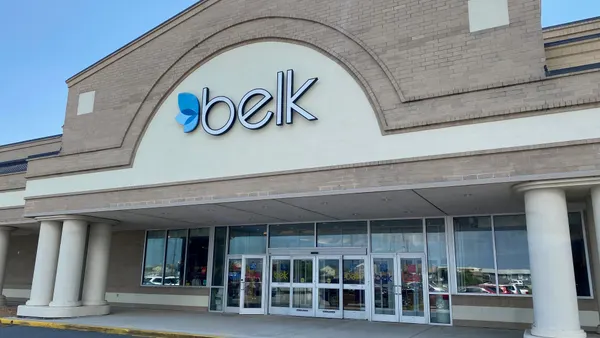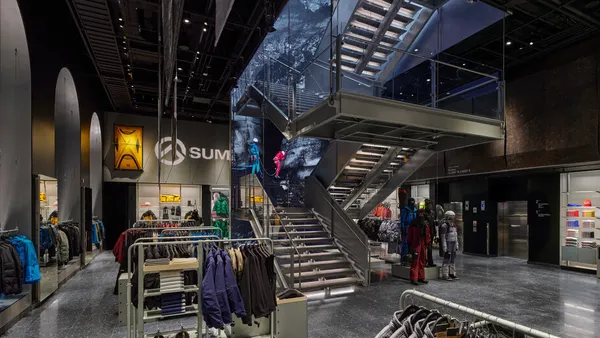Dive Brief:
- Citing a host of challenges — including the pandemic, supply chain disruptions, inflation and tariffs — furniture retailer At Home on Monday filed for Chapter 11 in the U.S. Bankruptcy Court in Delaware.
- The company is also in financial straits, with $2 billion in debt, which would be wiped out thanks to an agreement with nearly all lenders. At Home also has an agreement for $600 million in debtor-in-possession financing — a $200 million infusion for the restructuring and beyond, plus a roll-up of $400 million in existing senior secured debt.
- The filing comes at a tough time for a retailer dependent on seasonal business: In its latest fiscal year, 40% of its net sales came from holiday and seasonal decor and accessories, per court filings.
Dive Insight:
Once At Home exits bankruptcy, many of the uncertain macroenvironment and supply chain issues it describes as factors in its filing will still be there to challenge it further. In court papers, the retailer said that, while demand spiked during the pandemic, supply chain disruptions and freight costs were burdens. Later, demand cooled significantly, in part because of inflation rates and a depressed housing market.
“These dynamics are unlikely to change in the near term,” GlobalData Managing Director Neil Saunders said in emailed comments.
In-store traffic fell about 24% at the start of this year, compared to pre-pandemic averages in 2020, according to a statement from Chief Financial Officer Jeremy Aguilar.
“Even as consumer spending generally improved in the latter half of 2024, I understand that consumers tended to spend their dollars on essentials (as opposed to home decor and similar products offered by At Home) due to economic uncertainty and reduced consumer confidence,” Aguilar wrote in a court filing.
With about 90% of its products from overseas, tariffs have been a particular challenge for At Home.
“While At Home has had to deal with tariffs for some time given the nature of its business, the volatility of the current tariff environment came at a time when the management team was working to address the company’s existing issues,” per the filing. “These newly imposed tariffs and the uncertainty of ongoing U.S. trade negotiations intensified the financial pressure on the company, accelerating the need for a comprehensive solution.”
The retailer, founded in 1979 as Garden Ridge Pottery and later shortened to Garden Ridge, previously filed for bankruptcy in 2004. In 2014 the company was renamed At Home. Four years ago, private equity firm Hellman & Friedman acquired the company for $2.8 billion, including debt.
At Home runs 260 stores across 40 states, averaging about 105,000 square feet per store, plus e-commerce facilities; each year 70 million customers visit its stores, which generate about 93% of sales revenue, and about 53 million customers visit its website. The average price point per product is under $20 with a typical customer spend of about $75 per visit, per court filings. About 7,170 people work in its retail stores, corporate offices and distribution centers.
The always-low-prices strategy isn’t enough for a sector with hard-hitters like Ikea and Wayfair, according to Saunders.
“There is way too little inspiration and not nearly enough excitement to draw people into the stores — particularly in areas where competition is high,” he said. “Nor are prices all that sharp to provide a reason to choose At Home over other players.”
The dependence on brick and mortar has been a drag on profits in recent years. The company cut back on new store openings “due to low brand awareness, weak consumer demand, and mixed new store execution,” Aguilar said. But “underperforming stores remain a part of At Home’s portfolio,” in part because some of those locations are still under lease.
The company’s massive debt has been its biggest issue, but — given ongoing economic uncertainty and stiff competition — not its only one.
“Chapter 11 will not solve these problems and while the debt reduction will buy time, At Home needs to go back to the drawing board to assess its wider business model,” Saunders said.















